
Helping Renters Stay Put: Responding to the COVID-19 Housing Insecurity Crisis

Helping Renters Stay Put: Responding to the COVID-19 Housing Insecurity Crisis
The financial shocks associated with COVID-19 have brought housing insecurity to the forefront of our national consciousness. Renters and homeowners have both faced hardship and dealt with tenuous holds on their homes as the pandemic continues, but researchers are beginning to recognize the unique ways that renters have suffered during the crisis. A study by the Joint Center for Housing Studies of Harvard University describes the overlapping set of challenges that renters have faced through COVID-19. With half of renters losing income through joblessness and reduced hours, and a full 40% of renters losing half of their income, renters relied on eviction moratoriums and other financial assistance programs to stay in their homes during the pandemic.
The federal government mandated a moratorium on evictions during COVID-19, but that moratorium is set to expire in June of this year. An April 2021 study by the Urban Institute shows that while the nation’s $60 billion in accumulated rental debt has been offset by over $300 billion in allocated emergency housing assistance, renters continue to struggle, and local and state housing counselors have become increasingly crucial support systems for renters facing potential eviction this summer.
SpringFour has been following the needs of renters closely and has seen a major uptick in demand for rental resources, especially in Q1 of 2021. Rental Resources is now the 4th most in-demand category, accounting for 15% of all SpringFour referrals in Q1 2021. The SpringFour team has responded quickly to the changing landscape of rental assistance, quickly incorporating the new Emergency Rental Assistance (ERA) programs into its database.
“Our focus on the Emergency Rental Assistance (ERA) Programs that are beginning to accept applications at the state, county, and city level is a perfect example of how the SpringFour Resource Integrity Team works. Because there is no centralized ERA access point and the program rollout has been confusing, SpringFour users rely on us to point them in the right direction. In addition to immediately researching, vetting, and adding programs to our database, we are continually analyzing our tools and working with our subscribers to ensure that this unique offering is elevated for easy access by counselors, agents, renters, and landlords.”
— Cassandra Compton, VP of Data Integrity & User Experience, SpringFour
Housing counselors are at the forefront of helping renters stay in their homes, and SpringFour is pleased to highlight the commitment and dedication of one of its partners, Money Management International (MMI), to step up and provide resources that can fight housing insecurity for renters across the country. Our report, Overcoming Housing Insecurity One Family at a Time: A Case Study of SpringFour and Money Management International, highlights how a partnership like this can be a crucial stopgap for renters seeking assistance in a confusing and challenging time. As noted by the President and CEO of MMI:
“Our vision is to make life affordable for everyone, but sometimes financial coaching and debt management alone aren’t enough to make ends meet. Because rent and utility costs represent some of the most common household expenses, our clients often find themselves needing more help in these areas. For clients unable to meet their obligations, referral to legal services is often to review them for possibly bankruptcy and to avoid home foreclosure.”
— Jim Triggs, President and CEO, MMI
We applaud the on-the-ground leaders who are helping renters stay in their homes and having profound impacts on those families’ financial health and security. The impacts of the COVID-19 pandemic are ongoing, and renters face increasing housing insecurity as evictions are set to rise this summer. As we work to stave off this impending housing crisis, we recognize that we are all in this together.
“At the end of the day, our mission and housing counselors’ missions are the same: to see people succeed, stay in their homes, and become financially healthy. People need access to trustworthy advisors, resources and programs. This makes all the difference in a person’s success on their financial health journey.”
— Rochelle Gorey, Co-Founder and CEO, SpringFour
Read our Case Study: Overcoming Housing Insecurity One Family at a Time: A Case Study of SpringFour and Money Management International

Katy Jacob
VP of Research & Impact, SpringFour
Awards and Recognition














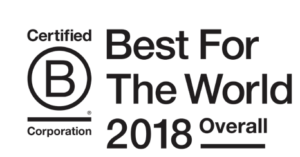








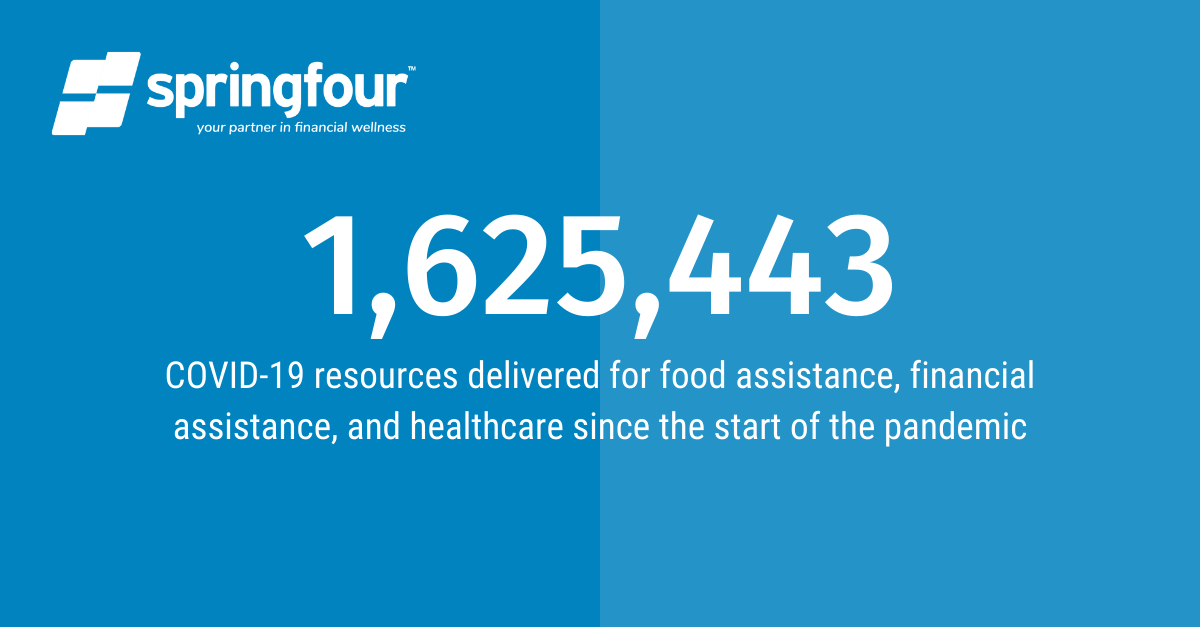



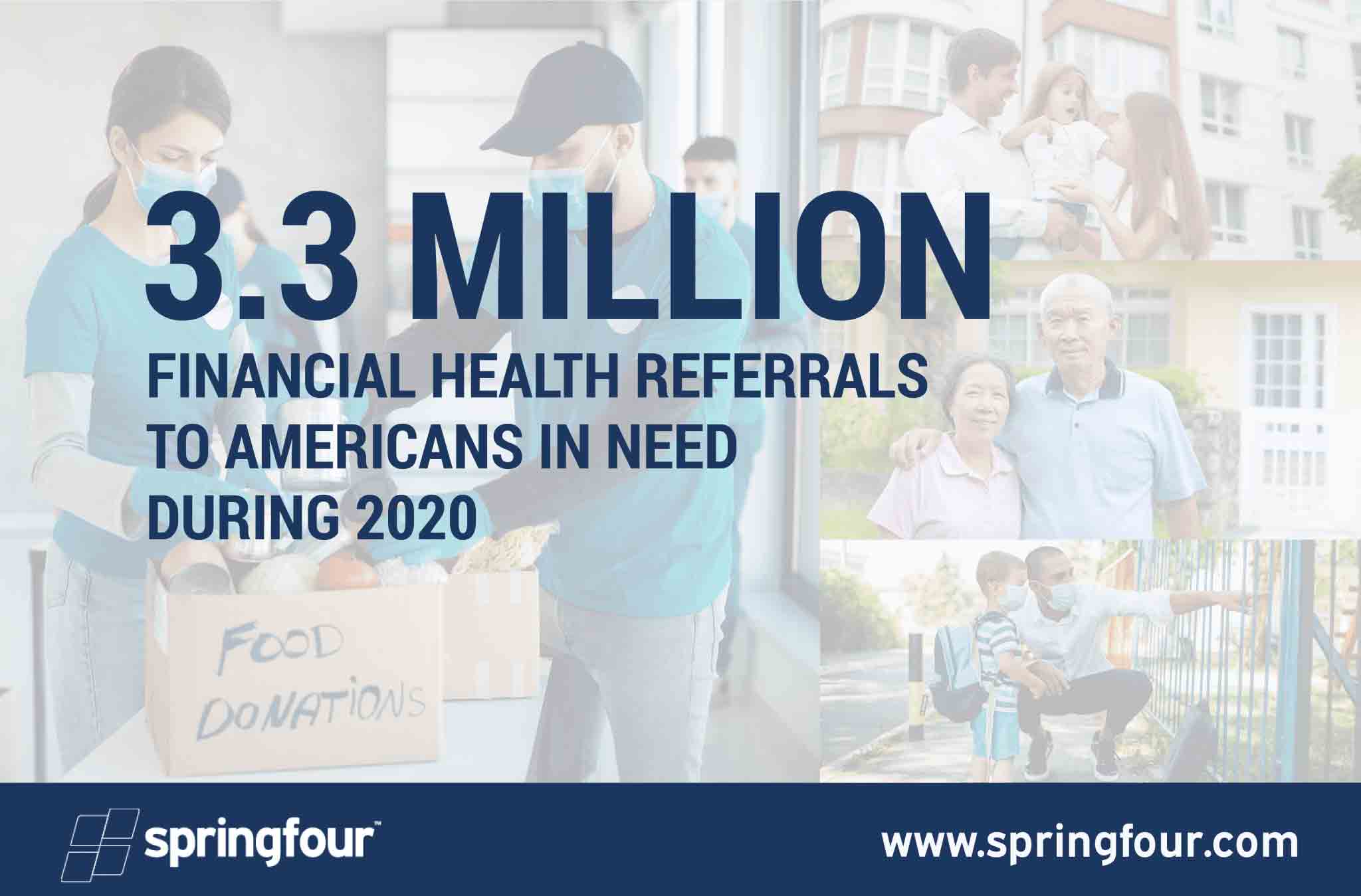


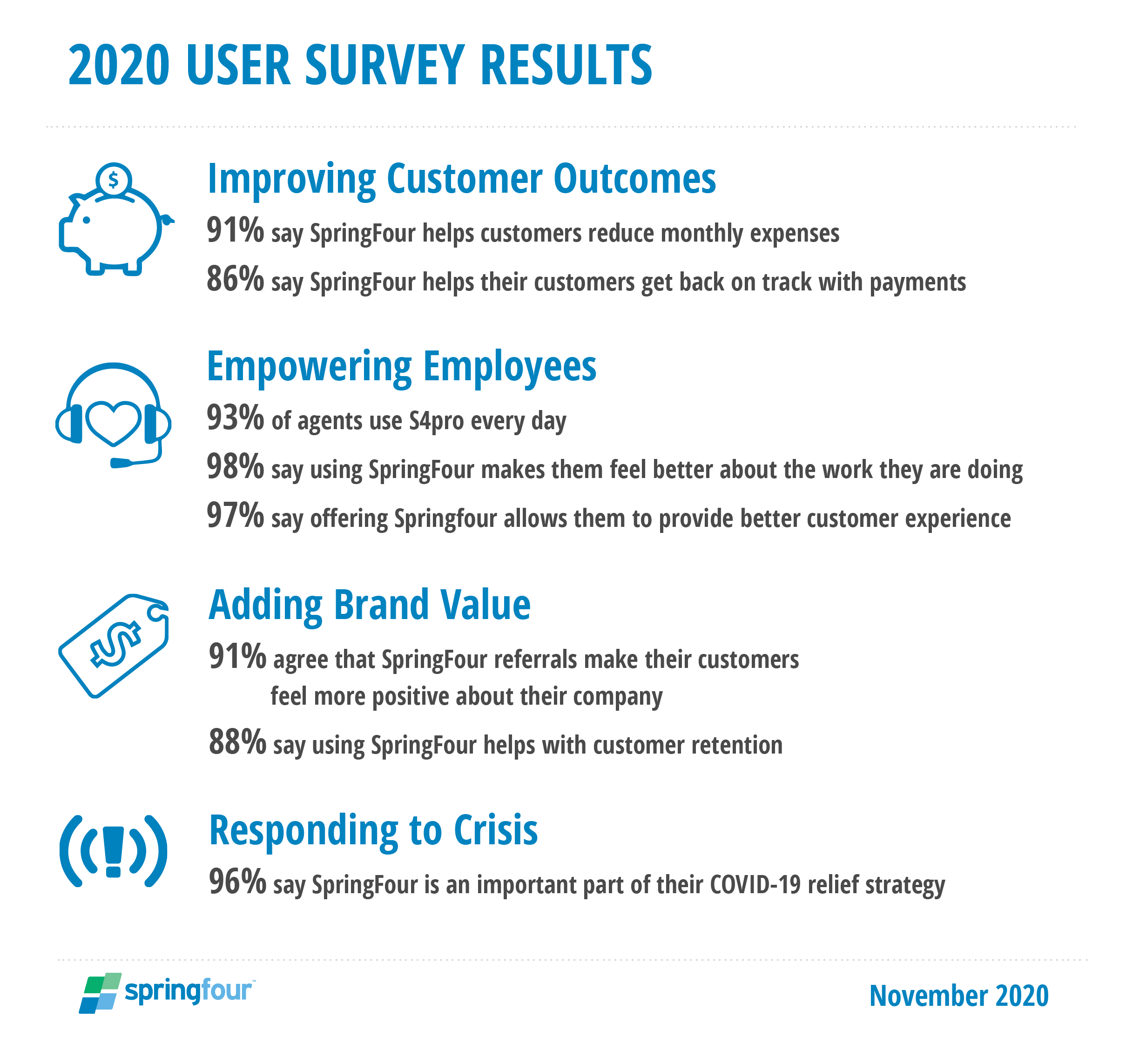

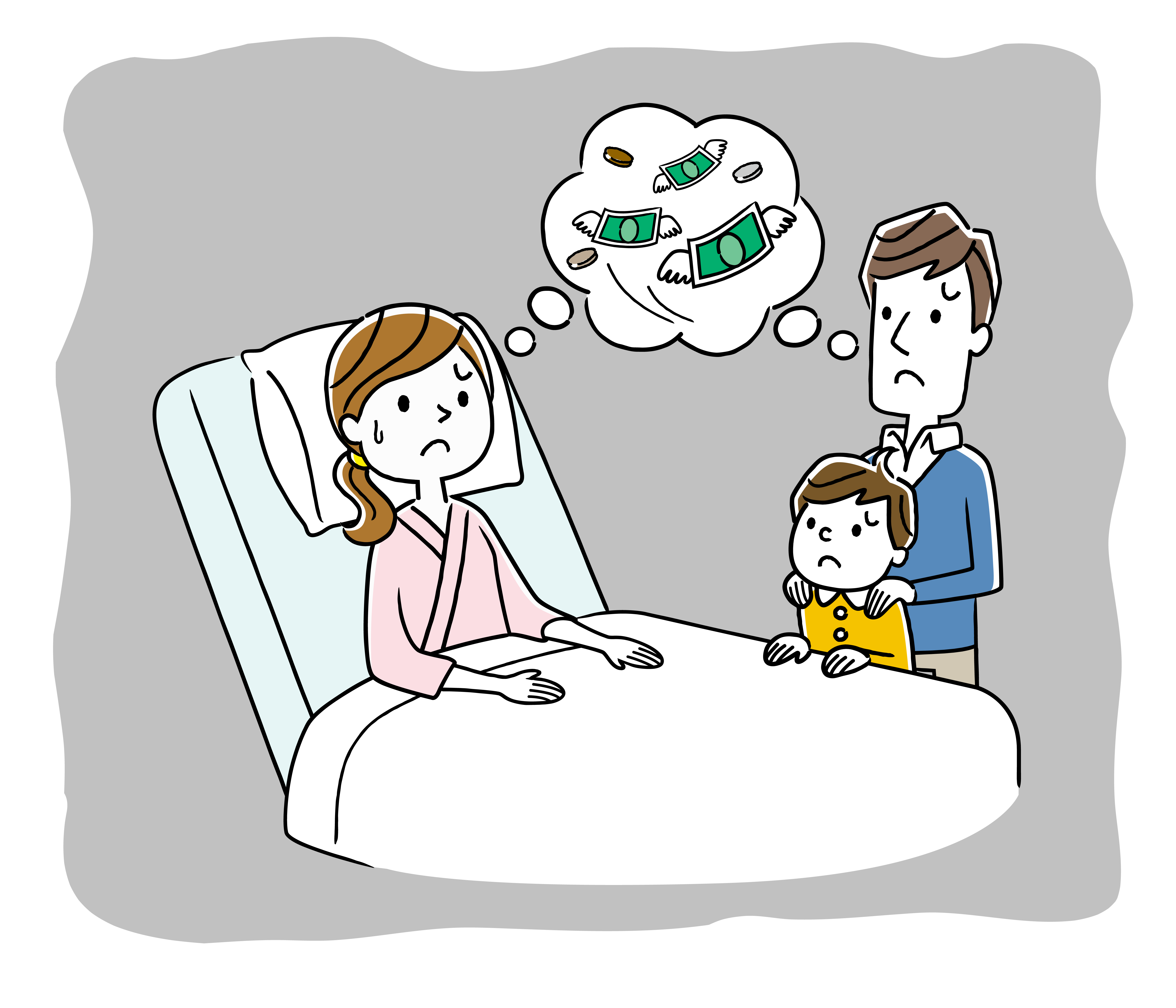
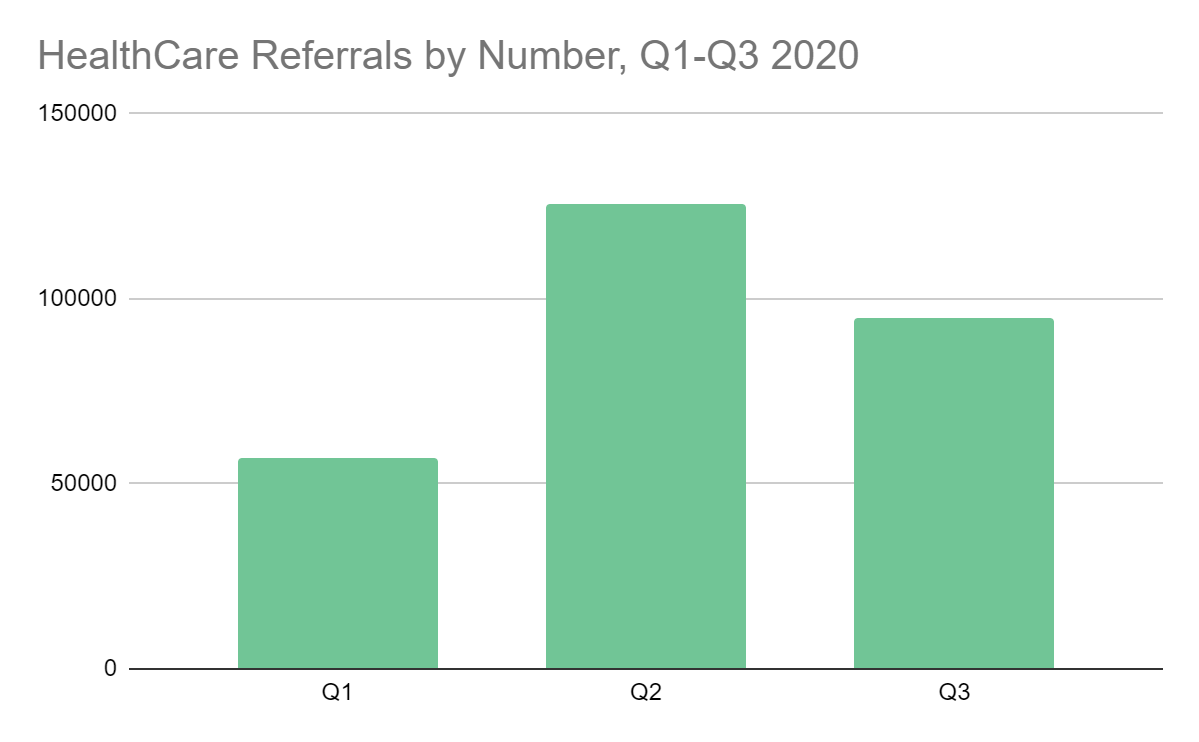
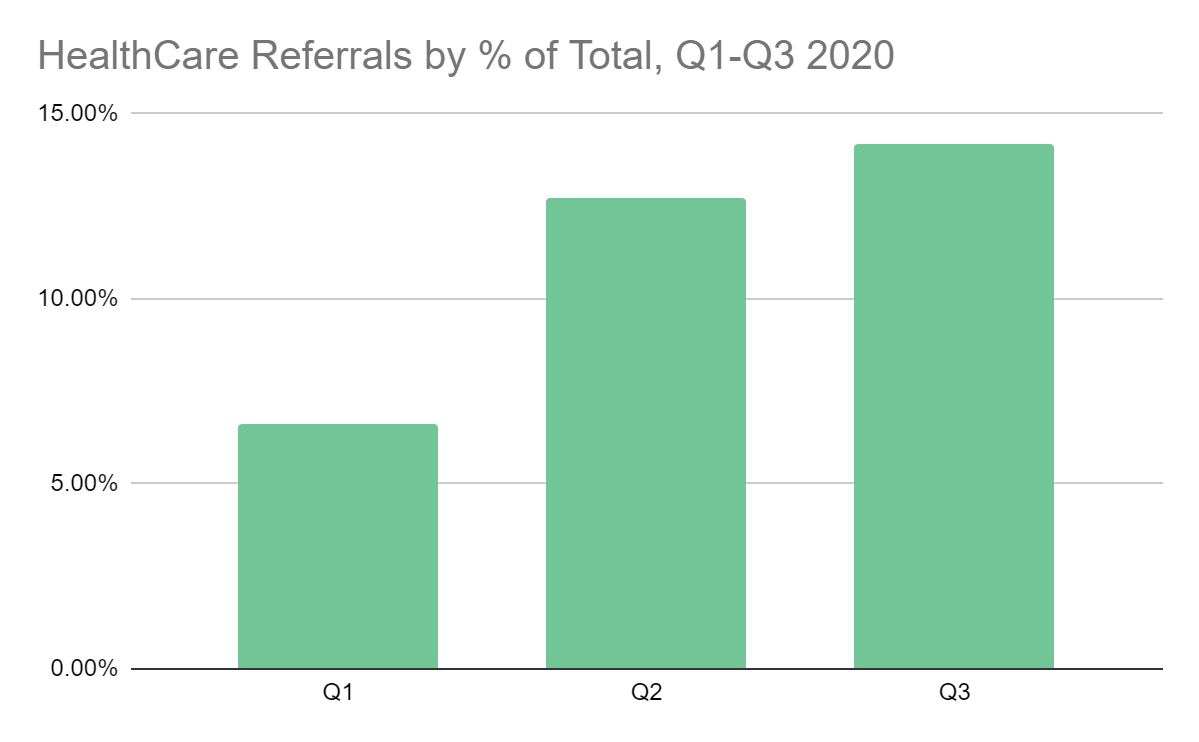


Recent Comments